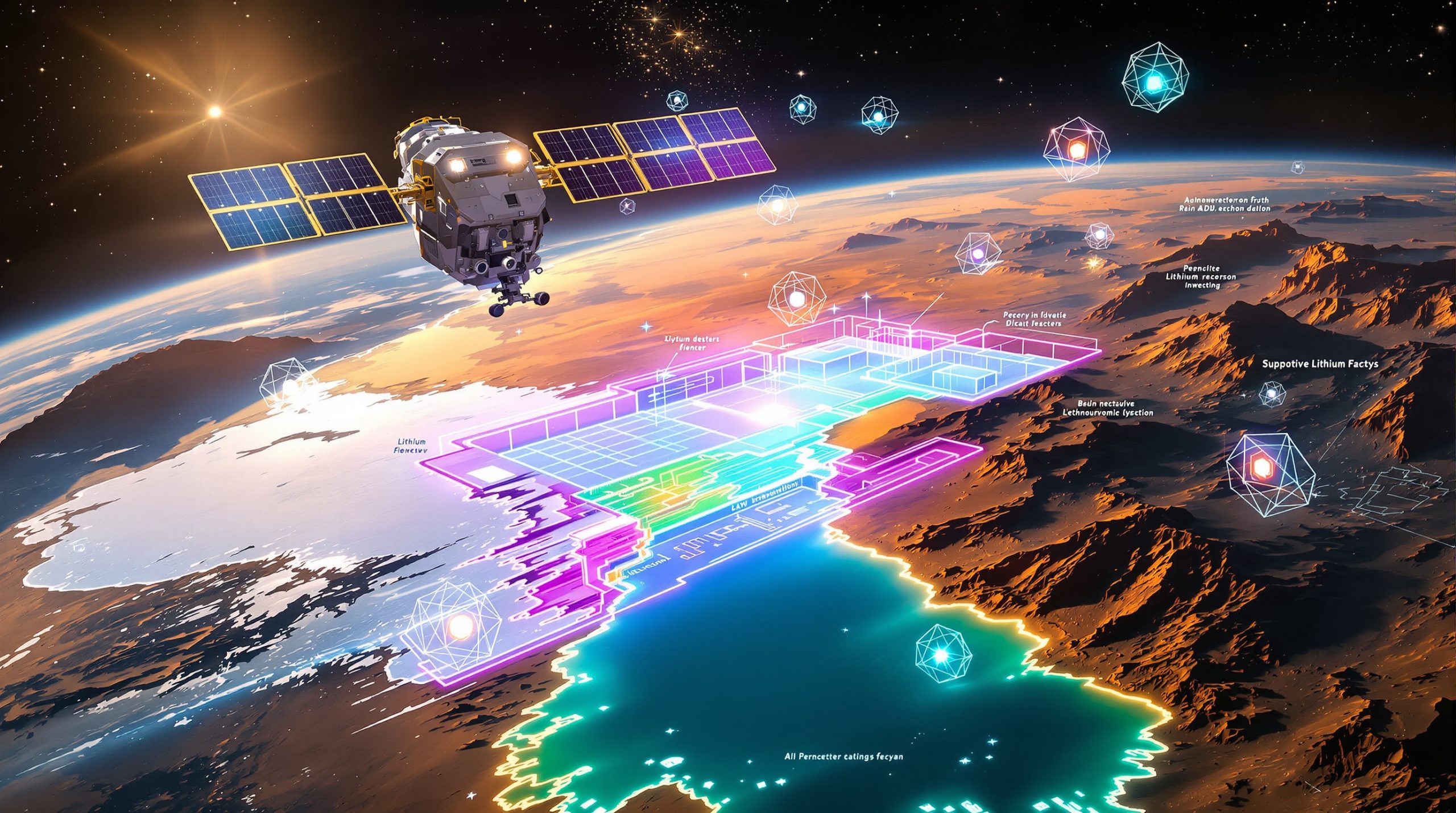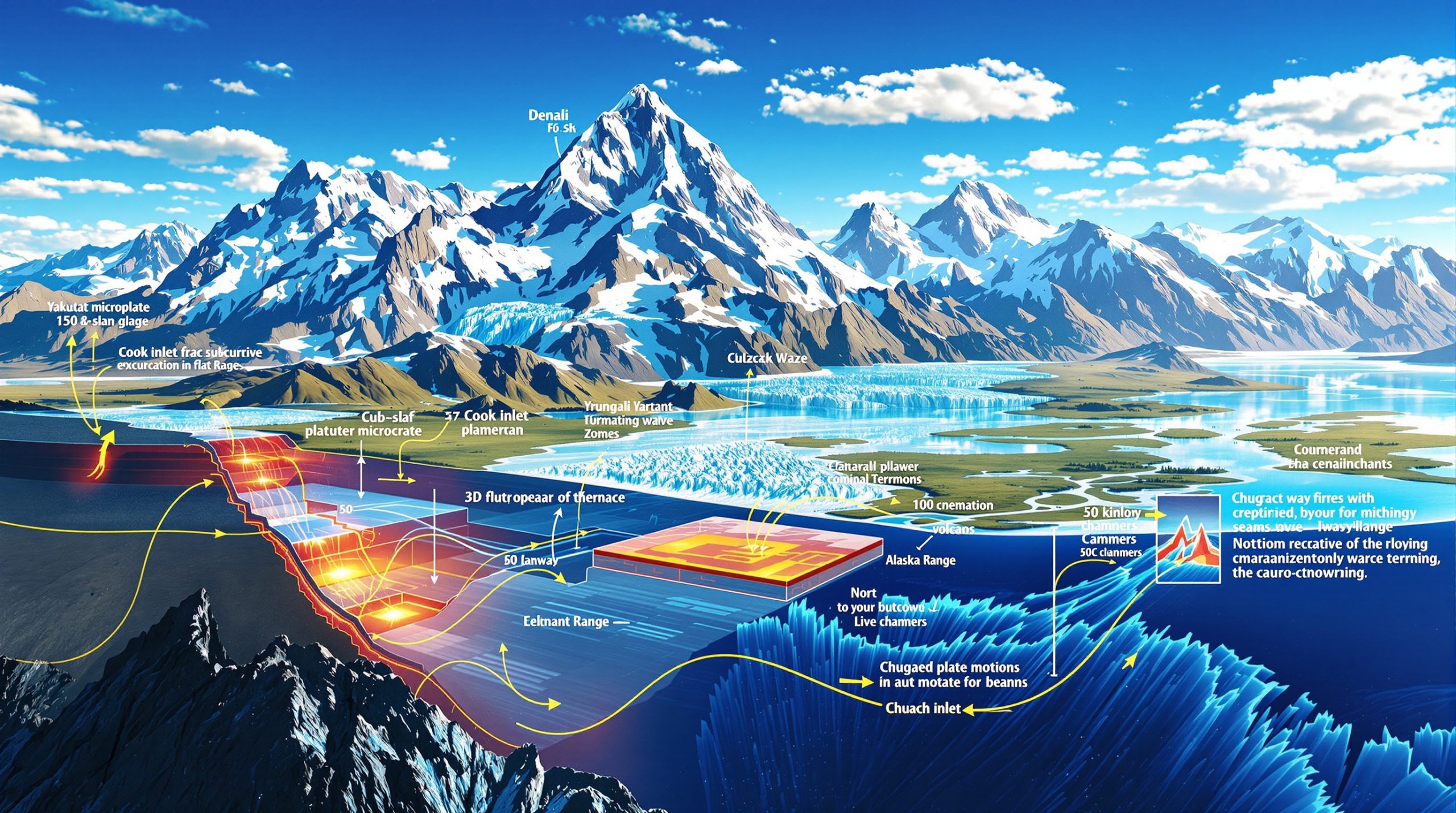Understanding Titanium Market Mechanics Through Industrial Processing Systems
The global titanium industry operates through a sophisticated multi-tiered manufacturing framework where raw material specifications fundamentally determine downstream applications and economic value. Understanding titanium supply and demand dynamics requires examining this industrial architecture, which divides into two primary processing pathways: high-volume pigment production utilising titanium dioxide (TiO₂) and specialised aerospace-grade metal manufacturing requiring ultra-pure feedstock materials.
Manufacturing efficiency depends critically on feedstock quality parameters, with natural rutile containing 95-98% TiO₂ representing the premium input material. Synthetic rutile (90-95% TiO₂) serves as a secondary option, while lower-grade ilmenite feedstocks (45-65% TiO₂) support standard applications through alternative processing routes.
Raw Material Bottlenecks Creating Supply Chain Vulnerabilities
Resource depletion patterns across major rutile-producing regions signal approaching supply constraints that will reshape global titanium supply and demand dynamics. Analysis of current mining industry innovation reveals systematic capacity reductions approaching through 2028-2030, with significant implications for feedstock availability.
Furthermore, the concentration of production in specific geographic regions creates additional vulnerabilities. This situation has led to what experts describe as a supply chain crisis for defence and aerospace applications.
Critical Operations Facing Mine Life Limitations
Base Resources' Kwale operation in Kenya represents one of the world's significant rutile sources, producing approximately 35,000-45,000 tonnes annually as a co-product alongside ilmenite and zircon. Recent mine life extension studies have projected operations continuing through 2034-2035, providing temporary supply stability.
Meanwhile, Sierra Rutile's Gbangbaia mine in Sierra Leone remains on care and maintenance status following cessation of active operations in 2014. This facility previously contributed approximately 150,000 tonnes of rutile concentrate annually to global markets.
Geographic Production Concentration Analysis
China's dominance in titanium sponge manufacturing creates substantial supply chain risks for aerospace and defence applications. Current capacity distribution shows:
- China: 60-65% of global titanium sponge production
- Japan: 20-25% of global capacity
- Russia: 10-12% of global capacity
- United States: 3-5% of global capacity
- Other regions: Less than 2%
This concentration pattern has prompted Western governments to classify titanium as critical raw materials requiring supply diversification strategies. The U.S. Department of Defense and Department of Energy's 2022 Critical Minerals Strategy specifically addresses titanium supply chain vulnerabilities.
Emerging Resource Development Projects
Sovereign Metals' Kasiya deposit in Malawi contains an estimated 17.9 million tonnes of rutile resources, representing approximately 8-10% of known global rutile reserves. This single project's development timeline materially impacts future global supply trajectories, demonstrating how concentrated new supply sources influence market balance.
In addition, the titanium market outlook suggests that new developments in Africa could significantly alter global supply patterns.
Technical Requirements Driving Sector-Specific Demand Growth
Aerospace applications impose stringent material specifications that limit supplier qualification and create barriers to substitution. These technical requirements drive premium pricing for high-purity titanium products while supporting long-term demand growth.
Aerospace-Grade Material Specifications
Commercial and military aircraft applications require titanium meeting specific performance criteria:
| Property | Requirement | Industry Standard |
|---|---|---|
| Tensile Strength | ≥895 MPa | ASTM B265 Grade 2 |
| Density | 4.43 g/cm³ | ASTM B265 |
| Corrosion Resistance | <0.1 mm/year in seawater | ASTM G31 |
| Purity Level | ≥99.0% | ASTM B265 |
Current aerospace titanium consumption reaches 60,000-70,000 tonnes annually for commercial aircraft, with defence applications adding 30,000-40,000 tonnes. Industry forecasts project 4-5% compound annual growth through 2030, driven by fleet expansion and next-generation aircraft programmes.
Pigment Industry Quality Parameters
Titanium dioxide pigment applications demand specific optical and durability characteristics that influence processing route selection and pricing structures:
- Particle Size: 0.2-0.3 microns optimal for opacity and coverage efficiency
- Refractive Index: 2.76 for maximum light scattering effectiveness
- Brightness: 94-96% for chloride-process products versus 92-94% for sulfate-process
- Weather Resistance: >500 hours under ASTM G154 accelerated testing
Chloride-process TiO₂ commands 15-20% price premiums over sulfate-process alternatives due to superior optical properties and extended service life in coating applications.
Expanding Application Sectors
Medical and biomedical applications represent growing demand segments, consuming 15,000-18,000 tonnes annually with 6-8% growth rates. Titanium's biocompatibility drives adoption in orthopaedic implants, dental devices, and surgical instruments, particularly as ageing populations increase medical device demand.
Additive manufacturing applications show 30-40% annual growth in titanium powder consumption, currently totalling 2,000-3,000 tonnes annually. Aerospace and defence components, including turbine parts and lightweight structural elements, dominate this rapidly expanding market segment.
Production Cost Structures Influencing Competitive Positioning
Manufacturing economics vary significantly between processing technologies, creating distinct competitive advantages for different production routes and feedstock types. These cost differentials influence capacity utilisation patterns and pricing power across the supply chain.
However, data-driven mining operations are beginning to optimise these processes through advanced analytics and automation.
Technology-Specific Cost Analysis
Chloride-process TiO₂ production typically requires higher capital investment but achieves superior product quality compared to sulfate-process alternatives. Raw material costs represent the largest expense component, ranging from $1,200-1,500 per tonne for chloride-process operations versus $800-1,000 for sulfate-process facilities.
Energy consumption differs substantially between technologies, with chloride-process plants consuming 8-10 GJ per tonne of TiO₂ produced compared to 6-8 GJ for sulfate-process operations. However, chloride-process facilities generate recyclable byproducts whilst sulfate-process plants produce 1.5-2 tonnes of gypsum waste per tonne of TiO₂.
Titanium Sponge Production Economics
Aerospace-grade titanium sponge manufacturing involves significantly higher production costs due to purity requirements and specialised processing technology. Raw material costs range from $4,500-5,500 per tonne, with energy expenses adding $2,000-2,500 per tonne. Total cash costs typically reach $7,300-9,200 per tonne, reflecting the complexity of producing ultra-pure titanium metal.
Capacity Utilisation Patterns
Global chloride-process capacity operates at 85-90% utilisation due to feedstock quality constraints, while sulfate-process facilities run at 70-75% utilisation due to demand limitations for lower-grade products. This utilisation differential explains price divergence between premium and standard TiO₂ grades.
Processing Technology Constraints Limiting Supply Responsiveness
Technical barriers in titanium processing create extended lead times for capacity expansion, contributing to supply-demand imbalances during market transitions. These constraints become particularly significant when demand growth outpaces supply development timelines.
Expansion Timeline Requirements
Chloride-process plant expansions require 18-24 months due to specialised reactor technology and environmental permitting complexities. New greenfield facilities need 3-5 years for construction and commissioning, creating supply response lags during demand surges.
Titanium sponge production facilities face even longer development timelines due to extreme purity requirements and specialised equipment manufacturing. These extended timeframes prevent rapid supply adjustments during market imbalances.
Feedstock Beneficiation Complexities
Natural rutile deposits often contain associated heavy minerals including zircon, ilmenite, and monazite, requiring complex separation processes. Recovery rates typically range from 65-85%, with concentrate grades varying based on geological conditions and processing technology efficiency.
Mineral processing challenges increase capital requirements and extend project development timelines, particularly for deposits with complex mineralogy. These technical factors influence project economics and supply development schedules.
Quality-Based Market Segmentation and Pricing Differentials
Titanium markets segment into distinct quality tiers with limited substitutability between grades, creating pricing power for premium products and supply security concerns for high-specification applications. The development of a comprehensive critical minerals strategy has become essential for maintaining supply security.
Grade-Based Value Hierarchy
Premium rutile containing >95% TiO₂ trades at $1,800-2,200 per tonne, while standard ilmenite with 54% TiO₂ content prices at $180-220 per tonne. This 10:1 price ratio reflects processing complexity differences and end-use application requirements, demonstrating limited substitutability between grades.
Technical Standards and Certification Barriers
Aerospace applications require AS9100 certification and complete material traceability throughout the supply chain. Pigment applications follow ASTM D476 standards for optical properties and durability performance. These technical barriers limit supplier qualification opportunities and create customer switching costs that support long-term relationships.
Secondary titanium supply through scrap recycling achieves 95% material recovery rates but requires careful contamination control to maintain product specifications. This secondary supply represents 15-20% of total titanium consumption, providing supply buffer capacity during primary production constraints.
Advanced Processing Technologies Reshaping Production Capabilities
Emerging production technologies offer potential solutions to current processing limitations whilst reducing environmental impact and production costs. These innovations could reshape competitive positioning within the titanium supply chain.
Furthermore, titanium supply constraints are expected to normalise before significant market expansion occurs.
HAMR Technology Development
Hydrogen-Assisted Metallothermic Reduction (HAMR) technology reduces energy consumption by 30-40% compared to traditional Kroll process titanium production. This innovation could lower production costs and increase supply flexibility for specialty applications, particularly as companies like IperionX advance commercial implementation.
HAMR processing offers reduced carbon emissions and improved energy efficiency whilst maintaining product quality standards required for aerospace and industrial applications. Successful commercial deployment could influence future capacity expansion decisions.
Integrated Production Models
Vertically integrated producers controlling feedstock-to-finished product operations achieve 20-25% cost advantages through process optimisation and inventory management efficiencies. This integration model becomes increasingly valuable during supply chain disruptions and feedstock availability constraints.
Companies with integrated operations can optimise product mix based on market conditions whilst maintaining supply chain security for critical applications.
Long-Term Market Balance Factors and Operational Strategies
Mine life extension strategies and secondary supply integration influence long-term market equilibrium as primary resources face depletion pressures. These operational factors determine supply availability and pricing stability across economic cycles.
Resource Optimisation Approaches
Existing rutile operations employ grade control optimisation and processing efficiency improvements to extend productive life cycles. These technical measures typically add 2-3 years to mine operations but cannot offset fundamental resource depletion trends affecting major producing regions.
Advanced mineral processing technologies enable higher recovery rates from existing deposits whilst reducing waste generation. However, these improvements provide temporary relief rather than solutions to underlying resource scarcity challenges.
Strategic Reserve Implications
Government stockpiling initiatives in Australia, the United States, and European Union could absorb 20-30% of new rutile supply, reducing material available for commercial applications. Strategic reserve development reflects recognition of titanium's critical role in defence and aerospace applications.
Market Psychology and Investment Strategies
Institutional investors increasingly recognise titanium's strategic value beyond traditional commodity investing approaches. Critical minerals classification drives portfolio allocation decisions based on supply security rather than purely economic returns, potentially supporting premium valuations for secure supply sources.
Investment Considerations:
- Resource quality and grade significantly impact long-term project economics
- Regulatory approvals and environmental compliance create development timeline risks
- Technology advancement could alter competitive positioning between producers
- Geopolitical factors influence supply chain security valuations
- Demand growth across multiple sectors provides diversified market exposure
Understanding titanium supply and demand dynamics requires analysing technical specifications, processing constraints, and resource availability simultaneously. Market participants must evaluate quality differentials, production limitations, and demand growth patterns to assess long-term investment opportunities within this strategically important sector.
Ready to Identify the Next Major Titanium Discovery?
Understanding the complex titanium supply and demand dynamics reveals significant investment opportunities as resource depletion approaches and demand continues growing. Discovery Alert's proprietary Discovery IQ model delivers real-time alerts on significant ASX mineral discoveries, including titanium projects, instantly turning complex geological data into actionable investment insights ahead of the broader market.




